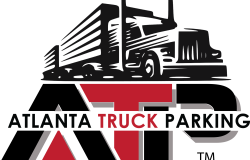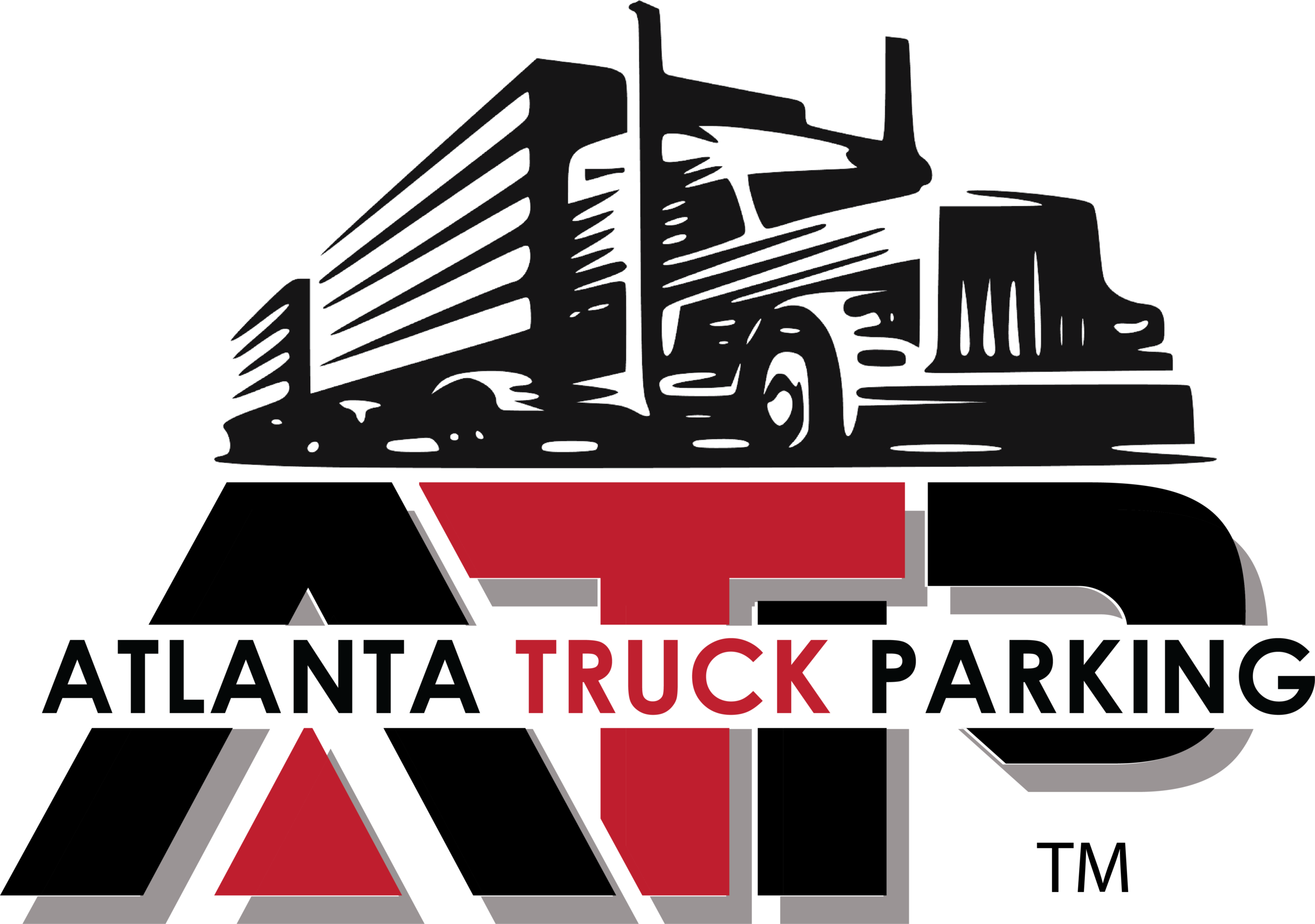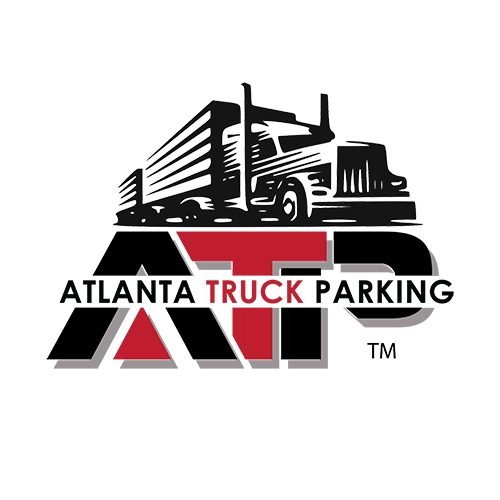If you’ve ever wondered why it’s called a semi truck, you’re not alone. New drivers, curious commuters, and even industry veterans occasionally pause to ask the same thing. The word “semi” can sound misleading, especially since these vehicles are anything but partial. In this post, we’ll break down what a semi truck really is and why it carries that name, all in a way that’s easy to understand.
The Anatomy of a Semi Truck
To truly understand the term semi truck, we need to start with its two main parts: the tractor and the semi-trailer.
- The tractor is the front part with the engine and driver’s cab.
- The semi-trailer is the long unit that carries cargo, but it has no front wheels.
This is what makes it a “semi-trailer.” It can’t stand on its own; it relies on the tractor for support. When the tractor and trailer are connected, you get what’s commonly known as a semi truck. So, in short, the “semi” refers to the trailer design, not the power or capability of the vehicle.
A Quick History
The term “semi truck” has been around for over a century. It all began in the early 1900s with Alexander Winton, who invented the first semi-trailer to transport his company’s cars.
Before that, freight was moved using wagons or full trailers with wheels at both ends. Winton’s innovation was to create a trailer that used the towing vehicle’s rear axles to support its front end. That trailer was known as a “semi-trailer,” and the trucks that pulled them naturally became known as semi trucks.
The term stuck, and even though the technology has evolved massively, the name has remained the same.
What’s the Real Difference Between Semi Truck and a Full Trailer?
Let’s clear up a common point of confusion. A full trailer has wheels at both the front and rear and can stand independently. A semi-trailer, on the other hand, cannot.
So, the reason behind the “semi” is simple:
- It’s not half a truck.
- It’s not about being medium-sized.
- It’s about the trailer needing a tractor to move and stay upright.
This design is not only more efficient for long hauls but also makes it easier to load, unload, and swap trailers when needed. That flexibility is a big reason why semi trucks dominate the freight industry today.
Global Names for the Semi Truck
While “semi truck” is the common term in the United States, things sound quite different elsewhere:
- In Australia, they’re often called prime movers or road trains when pulling multiple trailers.
- In the United Kingdom, you’ll hear the term articulated lorry or just artic.
- In Europe, the name tractor unit is common, often used alongside semi-trailer.
Why the Semi Truck Name Still Matters Today
Even with all the advances in transportation tech, the term semi truck has stuck. It’s short, widely recognized, and rooted in the vehicle’s design. But for newcomers to the industry or everyday folks just curious about the terminology, it can still feel unclear.
Understanding why it’s called a semi truck not only helps make sense of industry jargon but also gives you a deeper appreciation for how modern freight works. These trucks are responsible for moving over 70% of goods in the U.S., so learning a little about their name is more than just trivia.
Conclusion:
The name “semi truck” may sound a bit misleading at first, but it’s all about the trailer design, not the truck’s power or capacity. These vehicles play a vital role in the global supply chain, and understanding their origin helps demystify a term we hear almost every day.
Now you know if you’ve ever had that “wait, why is it called that?” moment. A semi truck may only be “semi” in trailer design, but it’s fully essential to modern transportation.
Need a safe and secure place to park your semi truck in Atlanta?
Book your spot now at Atlanta Truck Parking, we offer 24/7 security, convenient access to major highways, and both daily and monthly options. Reserve your truck parking today!


